Builth Castle | Visit Amazing Welsh Castles
Builth Castle was a Norman fortification built in the late 11th century. It stood above the River Wye in what is now Powys, Mid Wales.
Though little remains today beyond earthworks, its strategic role in the conflict between the Welsh princes and the English crown makes it historically important. Edward I later rebuilt the castle in stone as part of his campaign to dominate Wales. It was eventually abandoned after the 15th century.
Quick Facts About
Date of construction: Late 11th century (rebuilt in stone by Edward I in the 1270s)
Location: Builth Wells, Powys, Mid Wales
Who built it: Originally built by the Normans, later reconstructed by Edward I
Key purpose or historical use: Military stronghold to control central Wales and counter the influence of Welsh princes
Brief History
The first castle at Builth was a motte-and-bailey built by the Normans in the late 11th century. Its location controlled a vital crossing over the River Wye and guarded the route between England and central Wales.
During the 12th and 13th centuries, control of the castle shifted between the English crown and Welsh princes. It became a key site in the long struggle for control over the Welsh Marches.
In the 1270s, King Edward I began a major reconstruction of the castle in stone. This was part of his wider campaign to conquer Wales. The stone castle included a gatehouse, curtain wall, and towers, designed to resist attack and assert royal authority.
In 1282, Llywelyn ap Gruffudd, the last native Prince of Wales, was killed near Builth. This marked a turning point in Welsh independence. The castle’s role declined soon after. By the 15th century, it was no longer maintained and eventually fell into ruin.
Today, only earthworks and parts of the moat remain. However, its strategic importance during the medieval conquest of Wales gives it historical significance.
Layout and Features
The castle followed a classic motte-and-bailey design in its early phase. The motte, or mound, remains visible today. It would once have supported a timber keep, used as a lookout and final point of defence.
When Edward I rebuilt the castle in stone during the 1270s, the design changed. A strong curtain wall surrounded the inner ward. The main entrance was through a twin-towered gatehouse, which controlled access and offered defensive strength.
Towers along the curtain wall allowed defenders to cover all sides. A ditch and outer earthworks added further protection. The castle also had a bailey or courtyard, likely used for storage, animals, and housing troops.
The castle sat on a ridge above the River Wye, which gave it natural defences on one side. A deep moat, partly visible today, was dug around the base of the walls.
Little stonework survives, but the large earthworks and motte give a clear sense of the original layout and size. These features help you imagine how it once controlled the surrounding area.
Images
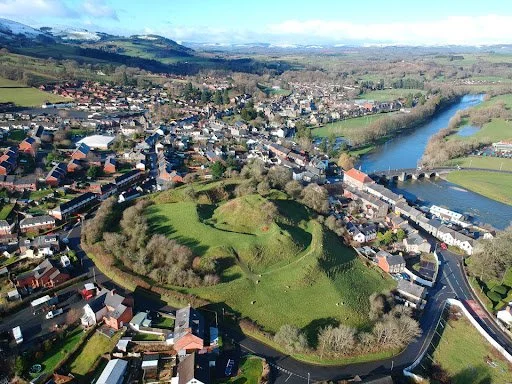
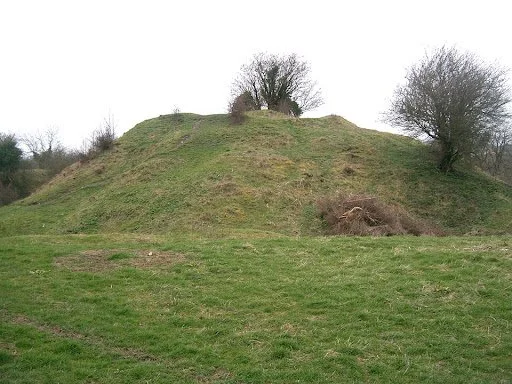
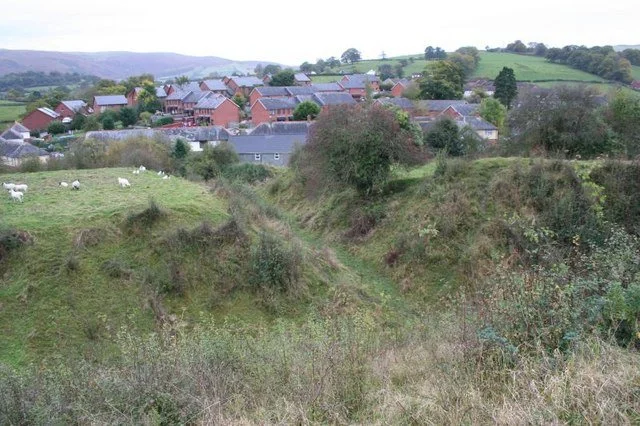
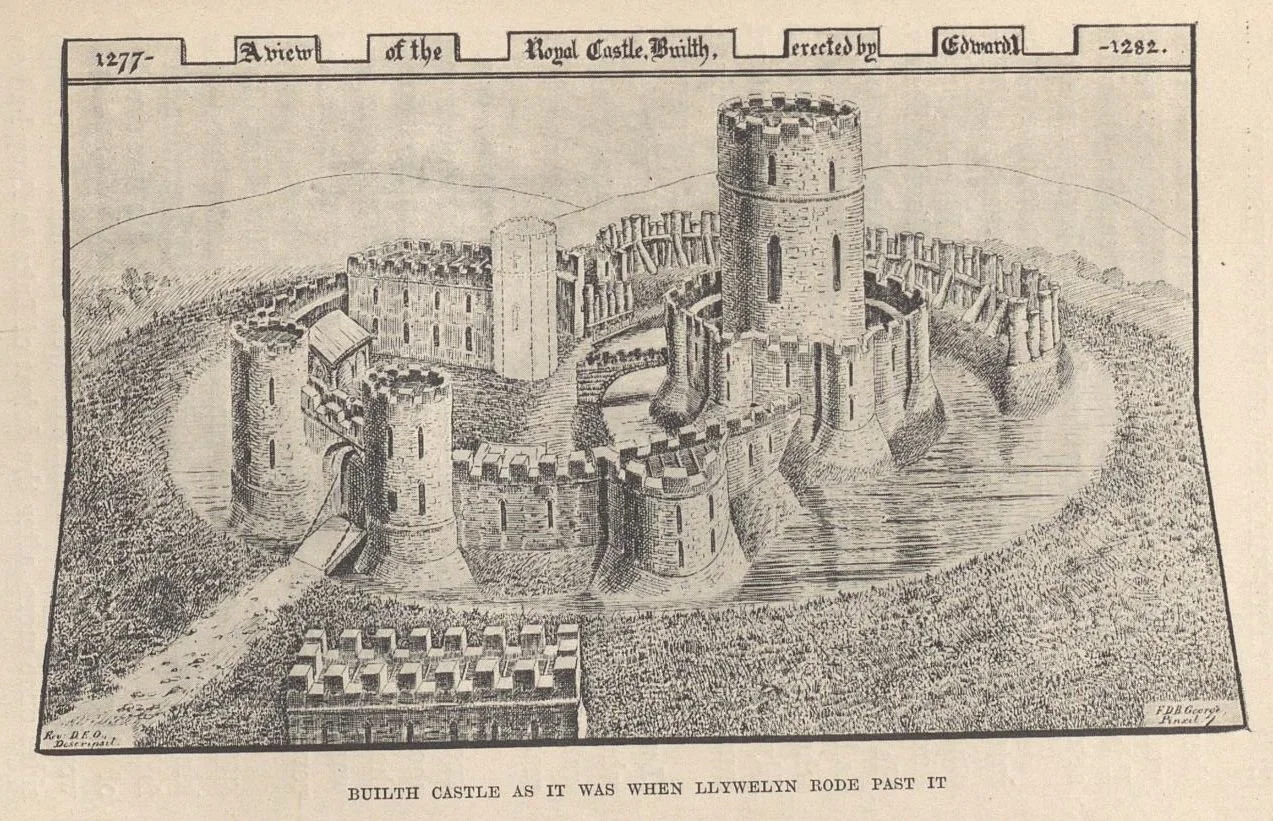
Legends and Stories
Builth Castle is closely linked to the death of Llywelyn ap Gruffudd in 1282. Though he died at nearby Cilmeri, the castle played a role in the events leading up to that moment. Llywelyn was lured into a trap during negotiations, and some accounts suggest the English garrison at Builth helped coordinate the ambush. His death marked the end of native Welsh rule.
Although it was once a stone castle with a keep and curtain walls, it was robbed of its stone in the 16th century after a fire, and the stone was used for building materials in the town.
Visiting
Opening Times
The castle mound and earthworks form an open-access site. You can visit any time during daylight hours and it’s free to enter.
There are no official visiting hours or staffed gate; the site uses self-access through stiles.
Ticket Prices
There are no admission charges. Entry is free as it is a Scheduled Ancient Monument under Cadw.
Directions & Transport
By car: Park in Builth Wells town centre. The closest access is on Castle Road, behind the Lion Hotel.
By public transport: Use buses from nearby towns to Builth Wells. From the eastern end of High Street or Broad Street, follow local signs or ask locals for the stile near the Lion Hotel, it leads directly to the motte.
On foot: Walk east from the town centre via Castle Street to reach one of the stiles that leads up to the ruins.
Facilities & Accessibility
There are no visitor facilities on-site. No toilets, no café, no gift shop.
Expect overgrown paths and uneven ground. Good walking shoes are recommended .
The site lacks ramps or paved access, so it is not accessible for wheelchair users. Bring water and snacks since there’s nowhere to buy them nearby.
Dog Policy
Dogs are welcome. It's an open-access site, so dogs must be kept under control and on a lead, especially when crossing nearby roads or past properties.
Nearby Attractions
The castle is in the town of Builth Wells, a quiet market town with a strong sense of local history. From here, you can explore several nearby sites and natural landmarks:
Cilmeri Memorial
About 2 miles west of Builth, this stone marks where Llywelyn ap Gruffudd died in 1282. It’s a short drive or a manageable walk.
The Wyeside Arts Centre
In the town centre, this historic venue hosts films, theatre, and exhibitions in a converted 19th-century church hall.
Erwood Station Craft Centre
About 6 miles south, this former railway station now houses local art, crafts, and a riverside walk.
Llandrindod Wells
A 20-minute drive north. This Victorian spa town offers shops, a lake walk, and the National Cycle Museum.
Elan Valley
Around 45 minutes west. Known for its reservoirs, wildlife, and walking trails. It’s a good day trip if you want to explore more of Mid Wales.
Visitor Tips
Wear walking shoes. The castle site is grassy and uneven. The motte is steep and can be slippery in wet weather.
Bring water and snacks. There are no facilities at the site. Shops and cafés are available in Builth Wells, a short walk away.
Visit in dry weather. The ground becomes muddy and harder to navigate after rain.
Respect the site. It’s a Scheduled Ancient Monument with no fencing. Stay on visible paths and avoid climbing the earthworks.
Ideal for a short stop. A full visit takes around 30–45 minutes. It pairs well with other local landmarks like the Cilmeri Memorial.
Dogs are welcome. Keep them on a lead and clean up after them.
No bins on-site. Take your rubbish with you.
Limited signage. There are no interpretation boards, so consider reading up beforehand or using a mobile guide while walking.
FAQs
-
Yes. Dogs are welcome at the site. It’s open access, so dogs must be kept under control and on a lead.
-
There is no dedicated car park. You can park in Builth Wells town centre and walk a short distance to the site.
-
Around 30 to 45 minutes. The site is small, but you may want to explore nearby paths or viewpoints.
-
No. The site has steep, grassy earthworks and no paved paths. It’s not suitable for wheelchairs or people with limited mobility.
-
No. The site has no facilities. Public toilets are available in Builth Wells town centre.
-
Yes. There are grassy areas suitable for a picnic, but no benches or bins. Take any litter with you.
Wrapping it Up
This castle offers a quiet but meaningful visit. While no walls remain, the earthworks and motte reveal its original scale and strategic purpose. You can explore the site freely, without entry fees or crowds.
It suits a short walk and a moment of reflection, especially if you’re already in Builth Wells or passing through Mid Wales. Good footwear and a bit of background knowledge will make your visit more rewarding. For those interested in Welsh history, especially the fall of Llywelyn ap Gruffudd, this is a significant place.
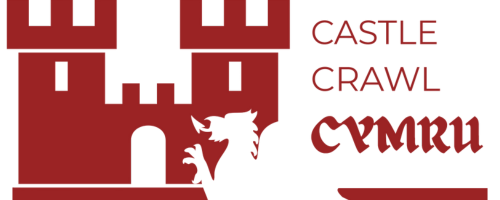


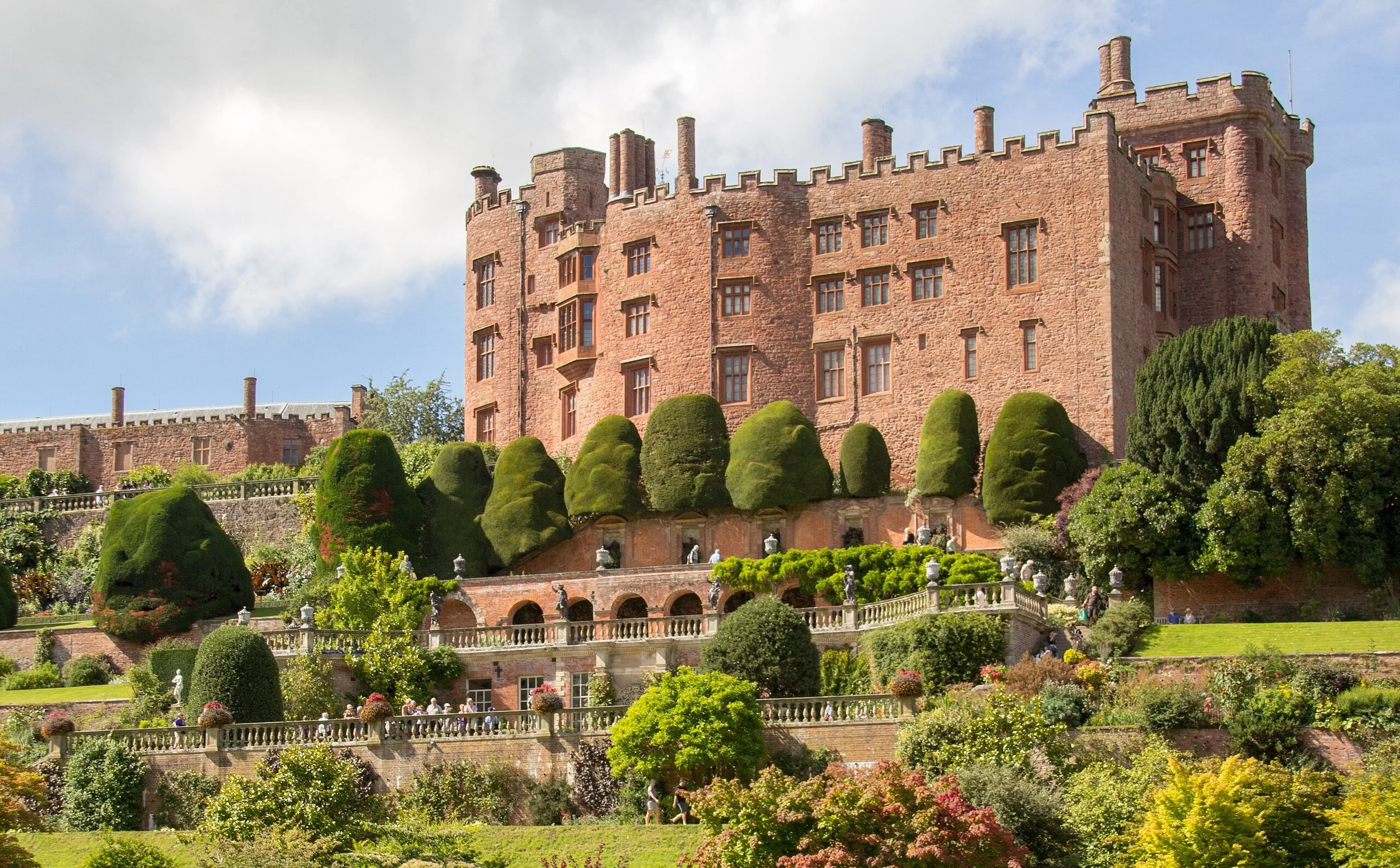
Aberystwyth Castle is a striking example of a coastal fortress built during the medieval period in Wales. It's found in the town of Aberystwyth, Ceredigion.